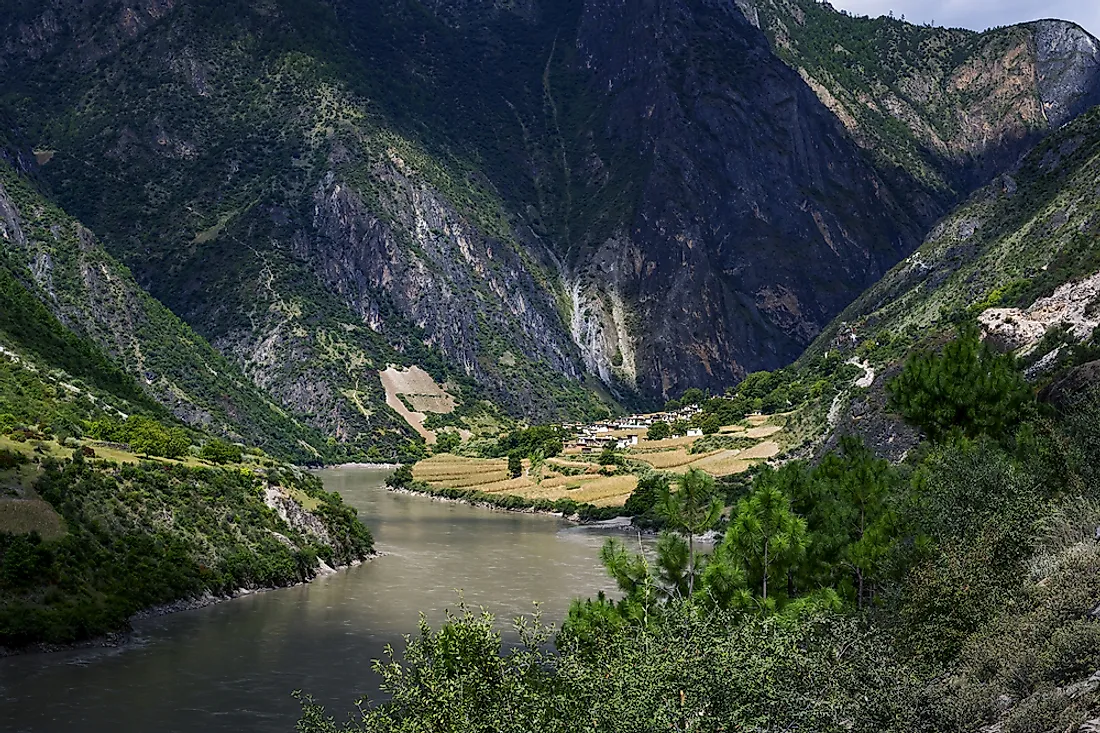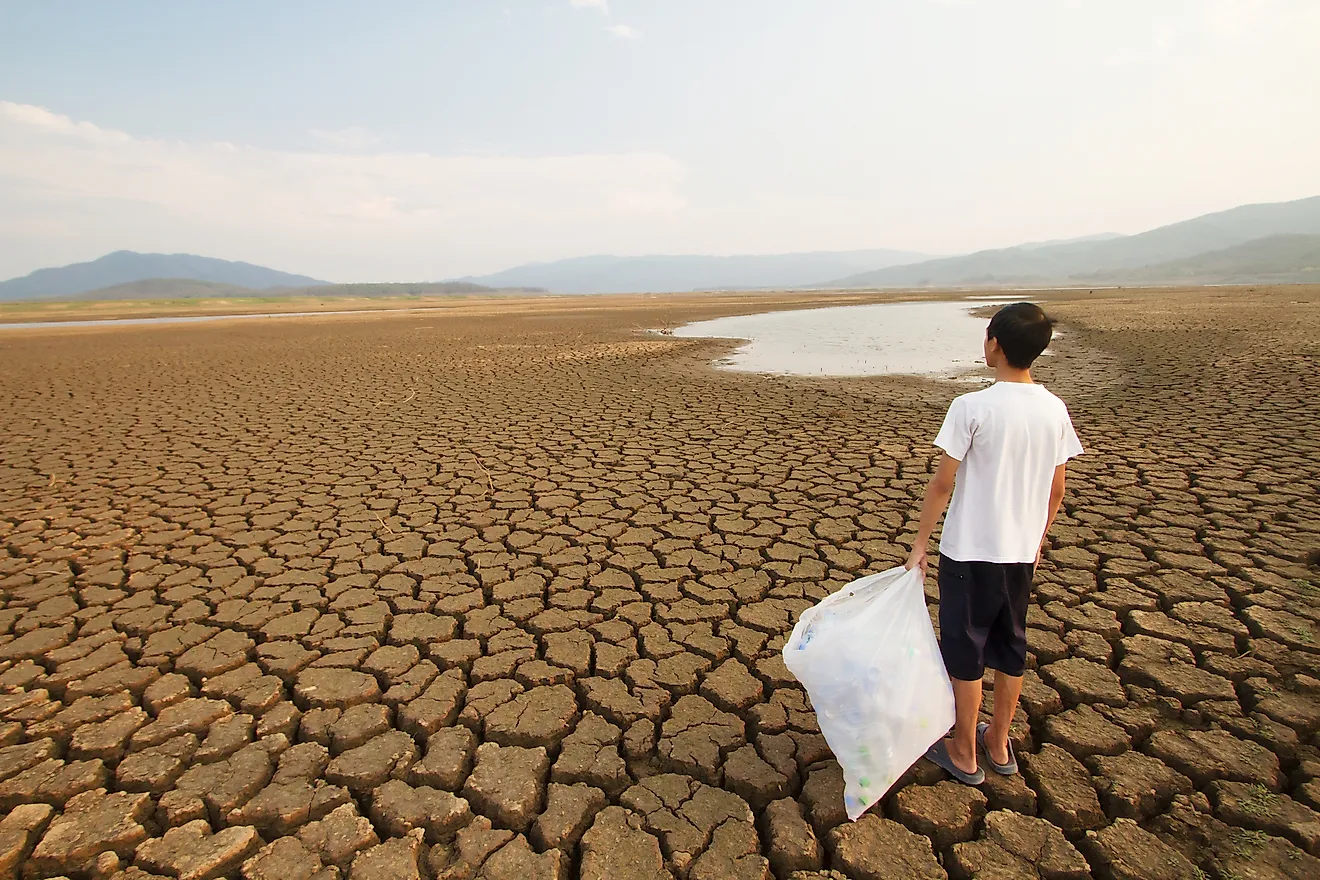Regions of the World with the Highest River Runoffs

River runoff is the total volume of water flowing within a river system from various sources, such as rain and melted snow. All water that joins the river system drains into larger water bodies, especially oceans. The amount of runoff in a region is primarily influenced by climate. However, other factors such as the presence of mountains also play a significant part. Areas in tropical regions have more runoff than other areas since they usually receive the highest amount of rainfall. Areas with significant amounts of snow also have large quantities of water.
River Runoff in Asia
Asia, with the exclusion of the Middle East, accounts for more than 30% of the world’s total river runoff, with a total volume of about 13,300 km3 per year. South and Southeast Asia account for most of the region’s river runoff, with a total of 8,000km3 per year. The Brahmaputra River flows through three countries (Bangladesh, India, and China) and is the largest river by volume at about 900 km3 per year. Rivers in Asia are an essential resource as they provide water for irrigation, hydroelectric projects, and domestic use. Some Asian rivers, such as the Ganges River, also hold distinct religious significance to people of various beliefs, and therefore attract large numbers of visitors during religious events.
River Runoff in South America
With a volume of 12,000 km3 per year, South America accounts for about 27% of the world's total river runoff. Much of South America lies within the tropics and receives a large amount of rainfall, which heavily contributes to its river runoff. Most river runoff in this region flows through two rivers, the Orinoco and the Amazon, which cumulatively account for 15% of the world's total. South American governments have taken advantage of a large number of streams and have built numerous dams, such as the Agua Vermelha Dam across the Grande River in Brazil, in order to control floods and produce hydroelectric power.
River Runoff in the Middle East and North Africa
The Middle East and North Africa have a combined river runoff of about 140 km3, which is the lowest in the world and is the result of the region’s dry climate. The region's dry weather has led to numerous conflicts related to the control of water resources. For example, the Six-Day-War occurred in response to Israel appropriating control of the Jordan River basin. Due to the low amount of rainfall, river water is mainly used for irrigation.
Pollution of Rivers
Rivers face the ongoing threat of contamination due to human activities. Industries continually dump toxic waste into waterways, raising the levels of chemicals in the water to unsafe proportions. Chemicals used by farmers end up in rivers and increase the growth rate of water plants, which reduce the oxygen available for other marine life. Governments around the world are taking steps to reduce the amount of pollution in rivers. Most cities now treat sewage before dumping it into rivers, as well as encouraging citizens to use less plastic. Farmers are also encouraged to use more natural fertilizers to reduce pollution.
Regions of the World with the Highest River Runoffs
| Rank | Continent or Region | River Runoff (km³/year) | Percentage of World Total |
|---|---|---|---|
| 1 | Asia (excluding Middle East) | 13,300 | 30.6 |
| 2 | South America | 12,000 | 27.6 |
| 3 | North America | 7,800 | 17.9 |
| 4 | Oceania | 6,500 | 14.9 |
| 5 | Sub-Saharan Africa | 4,000 | 9.2 |
| 6 | Europe | 2,900 | 6.7 |
| 7 | Australia | 440 | 1.0 |
| 8 | Middle East and North Africa | 140 | 0.3 |











